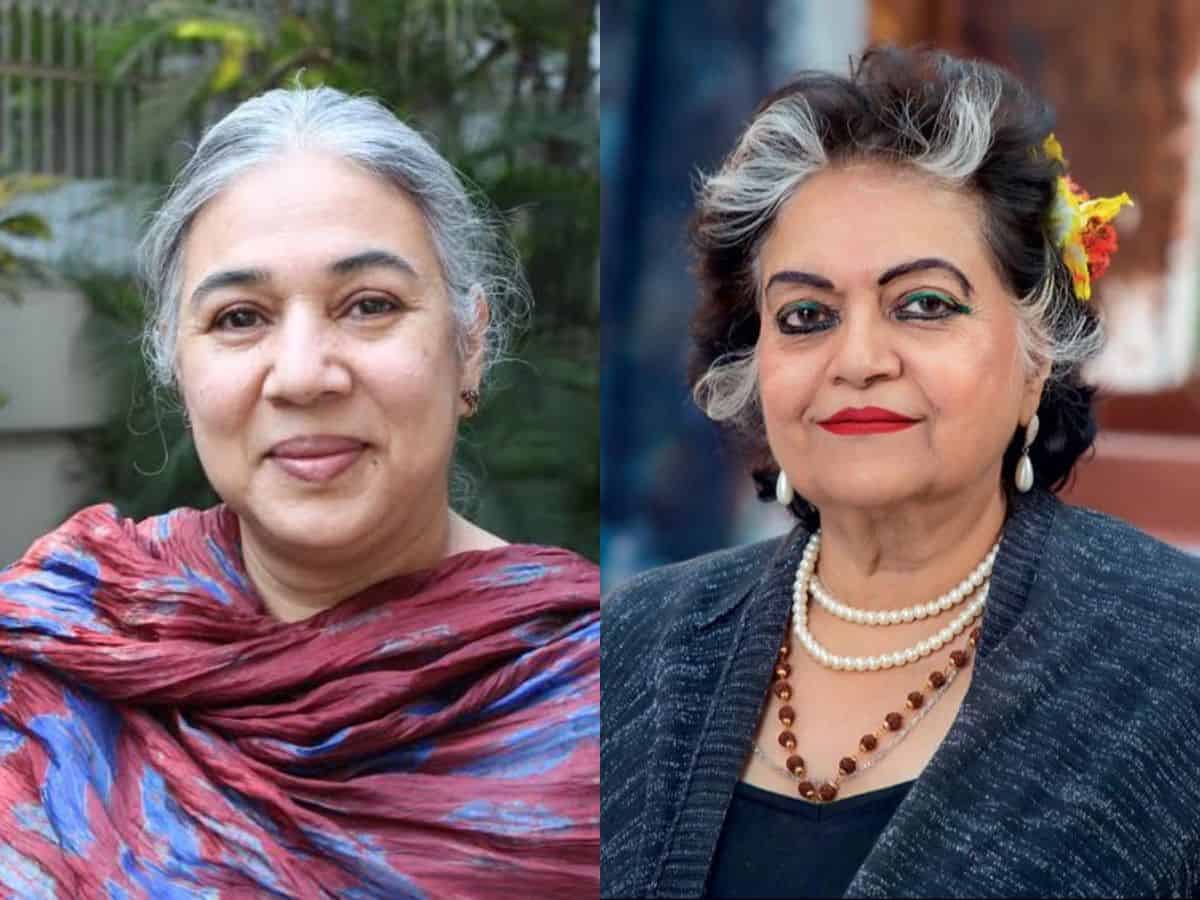
Kolkata: Historians Swapna Liddle and Alka Pande discussed what lives on from the legacy of Mughal art and architecture at the Apeejay Kolkata Literary Festival (AKLF).
The session titled, ‘The Mughals and Us’ aimed to unravel Mughal art in modern times and discussed the beauty of Mughal marvels. The session was moderated by Husna-Tara Prakash.
Moderator Husna-Tara Prakash drew parallels between the Mughal cosmopolitan outlook and that of Kolkata and the region of Bengal at large. The session’s primary focus was on the impact of Mughal art and architecture in contemporary India and how assimilation lies at the heart of it.
Liddle, while talking about the city of Shahajanabad — also known as Purani Dilli – said that Shahajanabad was a microcosm or a representation of the larger empire. “This was a feature that defined Delhi throughout the Mughal period,” she said.
On the confluence of cultures, they emphasised how people tend to characterise the Delhi Sultanate and the Mughal Empire simply as ‘Islamic dynasties’ while overlooking the hybridity and assimilation of various cultural factors lying at the centre of it.
On art and architecture, Pande said that Mughal architecture had the tenacity to adapt to pre-existing styles, making them a testament to the same assimilation.
“Hybridity was in the consciousness of Mughal rulers. This is supported by the fact that most Mughal rulers had Rajput mothers,” Pande said.
Connecting stories of the Mughal era with Bengal, she added how Wajid Ali Shah, the Nawab of Bengal, had brought with him not only 500 men but the culture and food of Awadh as well.
“From the food we eat to the clothes we wear, like salwar, churidars and kurta, the Mughals are relevant even today,” Pandey said.
The speakers and moderator concluded that the Mughal Empire was a great example of assimilation between Hindu and Islamic traditions.
The session ended with Alka Pandey stating, “We Indians have the power to absorb different cultures but can still retain our individuality.”

